Incorruptibility
Incorruptibility
Thanks to @kasross for suggesting this subject.
Incorruptibility is actually a religious subject because it's germane to both Roman Catholicism and the Eastern Orthodox Church. It refers to the fact that some saints have had their corpses preserved with little sign of decomposition. The fact that their bodies are not corrupted is considered a sign of sainthood. Allegedly embalmed bodies are not considered as incorruptible. Supposedly, some saints' bodies are said to smell sweet or floral.
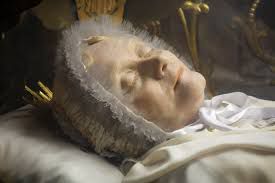
From a scientific aspect, this idea is bogus. Dead bodies decay. That's the way nature works. The only way to prevent decay or at least delay it is to use embalming techniques or mummification, as in the case of Egyptian practices. However, neither of these methods prevents eventual decay or corruption.
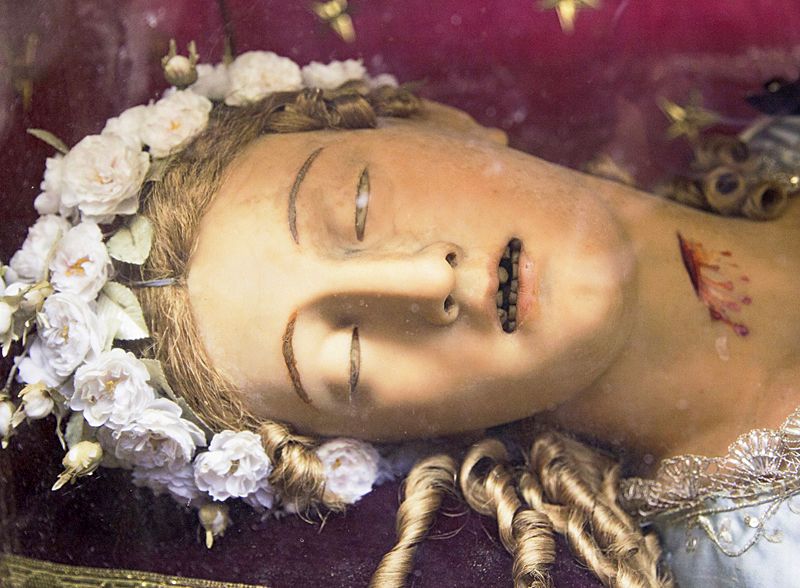
Even the bodies of saints considered to be incorrupt have undergone mummification to a certain extent over a long period of time. Officially, these saintly bodies refusal to decay or fall apart is difficult to explain.
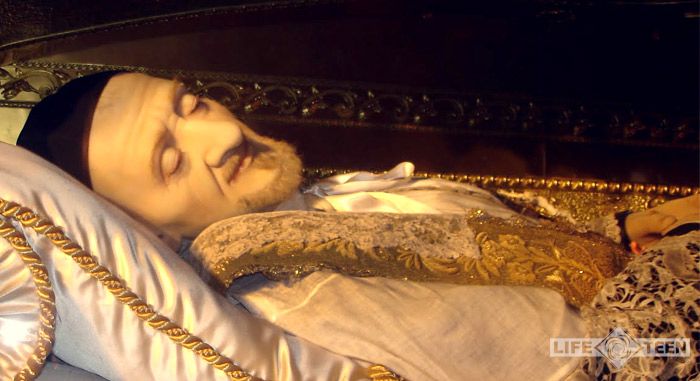
Some cases of incorruptibility have been shown to be a fraud.
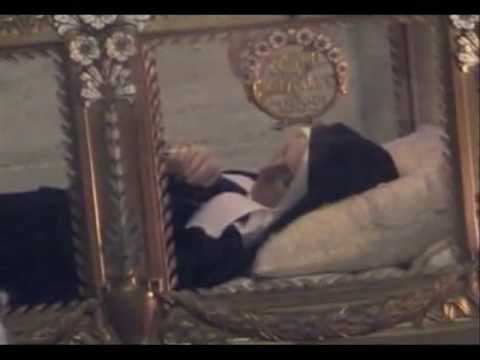
However, there is always the spiritual or miraculous explanation, which is what the religious authorities sanction. Here again, this is belief in something that can't be proven.

Saint Bernadette, who died in 1879, has been dug up three times and even dissected to prove that she was incorruptible. Her body is displayed at the convent of St. Gidard at Nevers, France. However, her hands and face have been covered in wax, but underneath her skin had browned.
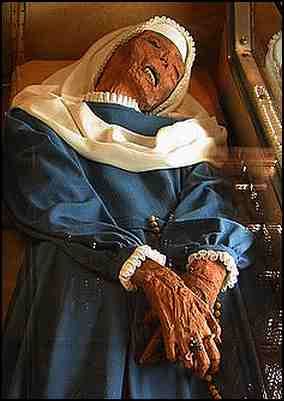
This idea is really a bag of contradictions. Some so-called uncorrupted saint bodies are nothing more than a skeleton, dressed to look normal. Some show definite signs of mummification. Others look obviously wax-covered. This reminds me of an early 3D movie 'House of Wax' in 1953, starring Vincent Price. The main theme of this horror movie was that corpses were covered in wax to look like realistic sculptures.
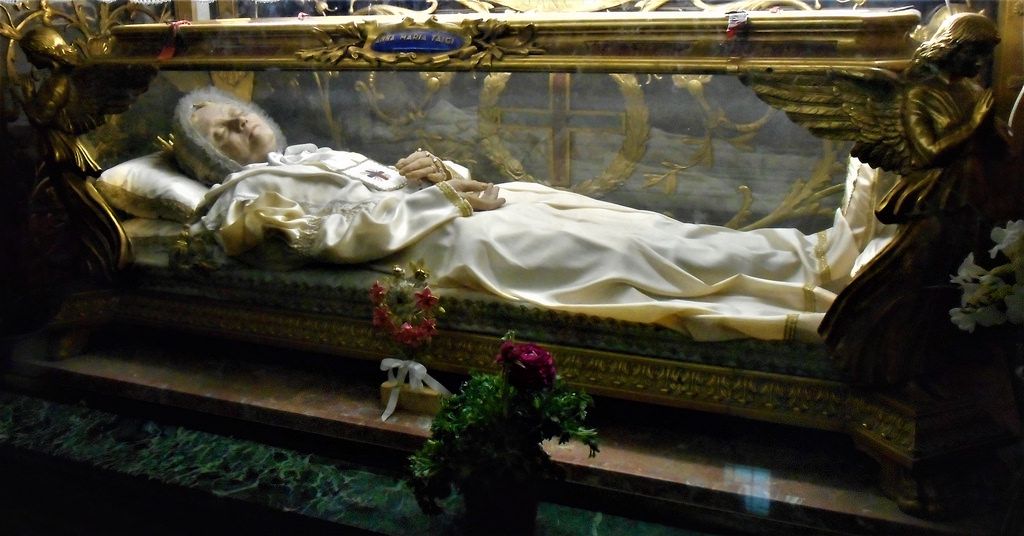
The body of Blessed Anna Maria Taigi, which is at the church of San Crisogono, looks incorrupt but is obviously encased in wax. It's obvious that she's a skeleton.
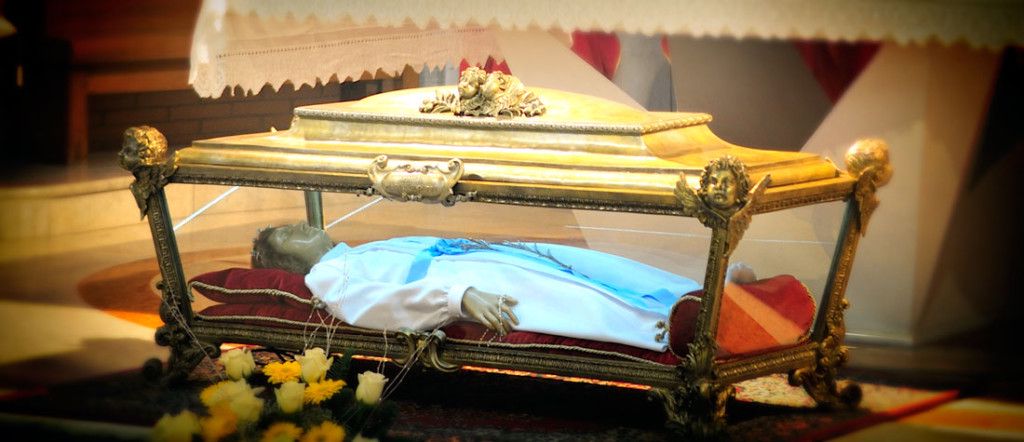
There are many tricks to preserve a body, including bathing in carbolic acid, preservation in low humidity, and encasing in silver or wax.
Because there is no way to test these supposedly incorrupt bodies, there is no scientific way to verify this concept. In a way, this reminds me of the Shroud of Turin controversy.
Thanks for reading.
Bạn đang đọc truyện trên: Truyen247.Pro